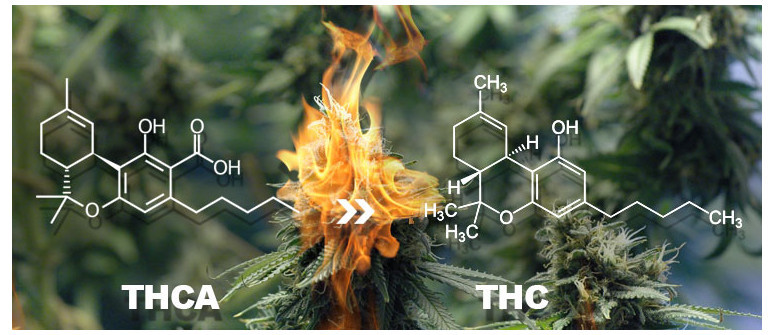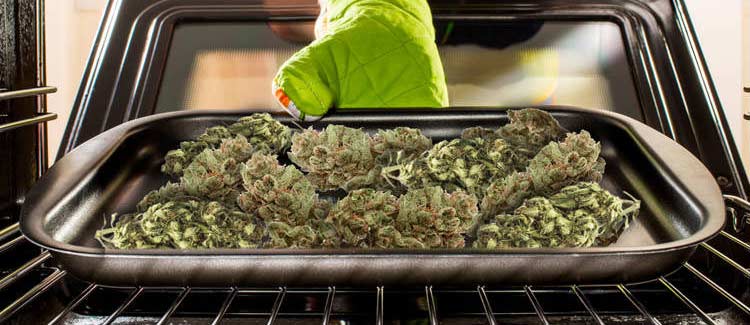Thca and thc, what is the difference?

At first glance, it can be easy to confuse THC and THCA. However, the addition of one letter makes a big difference. One is renowned for providing users with a psychoactive high, the other has no intoxicating qualities but might still be beneficial in its own right.
In its raw form, fresh buds of cannabis hardly contain any THC. However, they do contain significant quantities of the chemical compound Tetrahydrocannabinolic Acid (THCA), but this will not get you high as it doesn’t contain any active THC.
THCA will stay THCA until it is decarboxylated, which converts it to THC. This happens naturally over time through exposure to ambient heat and light, but the majority of THCA is converted when you heat up cannabis to consume it.
Think of THCA as the precursor to THC. The decarboxylation we mentioned earlier that is just a technical term for the heating of cannabis. When rolled into a joint and ignited you are basically also decarboxylating the cannabis. Think of smoking cannabis as remove the “A” from THCA.
REMOVING THE “A” MAKES A BIG DIFFERENCE

You may be well versed with the psychoactive effects of cannabis. THC is what gets you high and what makes the plant highly desirable. THCA however is an acid, hence the additional letter, and as such, is too large to interact with our cannabinoid receptors in the same way THC does.
Cannabinoid receptors are prevalent throughout our body, a direct result of our endocannabinoid system. Each one triggers a different physical or emotional reaction and in doing so is how we feel high, euphoric or soothed of aches and pains. THC binds to these receptors prompting the aforementioned responses.
THCA has an extra carboxyl group attached defining it as an acid, which has a low affinity and cannot bind to the same cannabinoid receptors that THC favors.
If we break down the journey of THCA to THC it will read like this:
- Cannabis contains THCA, increasing in concentration as the plant develops according to growing conditions and strain genetics.
- When cannabis is ready to be harvest, it is dried and cured. This process converts some of the THCA to THC as a result of the temperatures experienced.
- When rolling a joint, we add our dried and cured cannabis flower. Lighting the joint and exposing THCA to a heat of over 105°C/ 221°F removes the additional carboxylic acid group (the “A”).
- Our bodies absorb the newly converted THC, which as it travels through our bloodstream, interacting with receptors in our bodies and our brain that then trigger different physical and emotional responses.
THCA DOESN’T GET YOU HIGH, BUT IT MIGHT STILL BE BENEFICIAL
Although the majority of perceived benefits from THCA are provided via anecdotal accounts, there are actually a few studies that provide some more insight.
A study from 2012 published in Phytomedicine, a journal of phytotherapy and phytopharmacology for instance, suggested that THCA has neuroprotective properties that could help the treatment of neurodegenerative diseases.[1]
Preliminary research, unfortunately, is still lacking. And although some users have attributed THCA with potent anti-inflammatory properties we can’t provide you any evidence that this is true.
However, a growing number of people have started to add raw cannabis to their diet.




